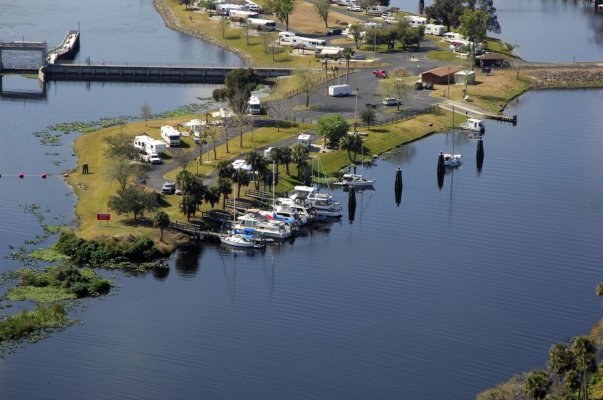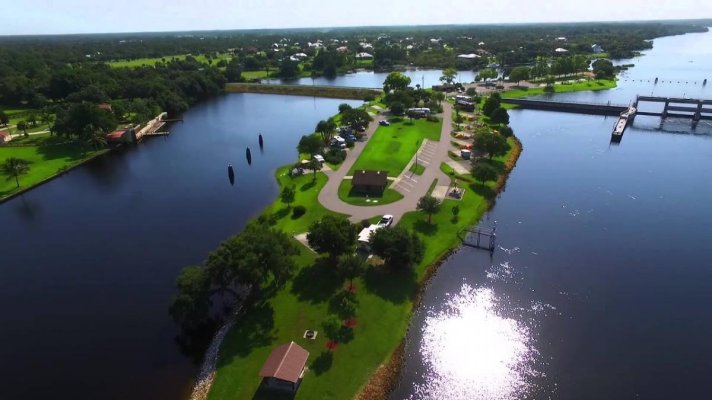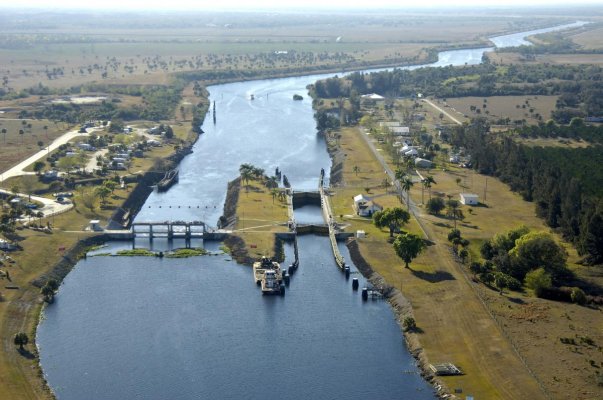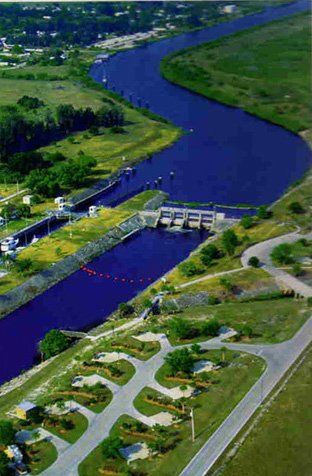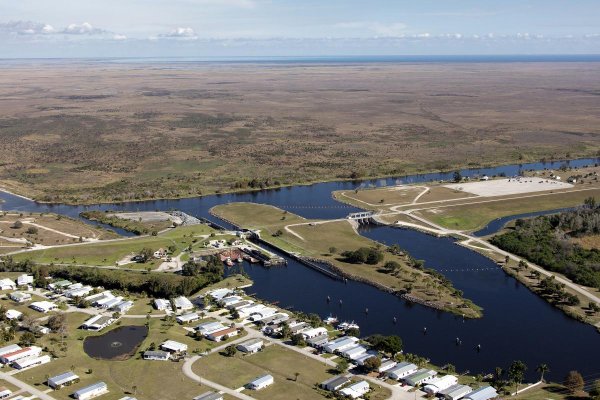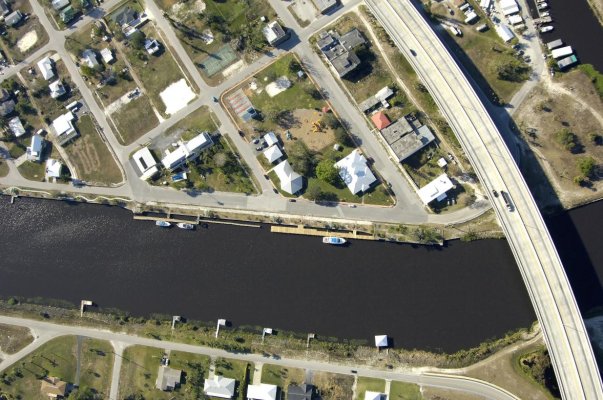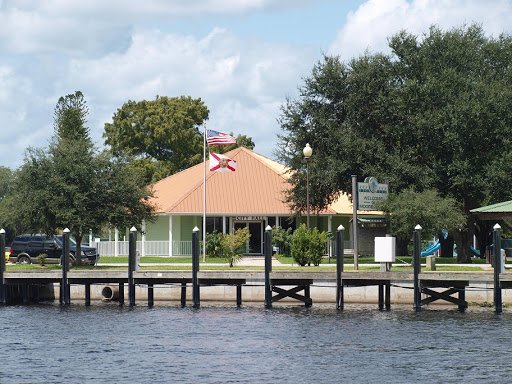Knot Fast
Senior Member
- Joined
- Jan 22, 2018
- Messages
- 243
- Location
- United States
- Vessel Name
- Knot Fast
- Vessel Make
- Great Harbour GH37
The Admiral and I are looking forward to cruising in September. The plan to leave St Pete, take the Okeechobee Waterway to the East Coast, then ICW north to GA or SC. No rush; few plans. When it gets cold, we will turn around and return to St Pete for the winter. We took the Okeechobee Waterway east to west in January when we completed the S FL Loop. It’s a fun, different slice of FL.
Along the Okeechobee Waterway there are several town docks and small marinas for overnighting, and a few skinny anchorages. The 5 locks operate ~7a-430p; arrive after their last lock-thru and you wait until morning. Each lock has a set of “Dolphins” (pilings) on both sides of the lock for boats to use for overnighting or while waiting for their turn to lock through if the lock is busy. We never tried tying to the Dolphins on our last trip because I cannot figure out to do it. The procedure, as I understand it, is to tie fore and aft to adjacent Dolphins. There are 5-6 Dolphins in a line at each grouping and they are spaced irregularly ~50’ to ~200’ apart. Pick spacing that works for your boat. These are formidable pilings; not gentle marina pivot posts. My concern is if we tie securely it will be very difficult to untie in the morning. If we tie loosely, draping a line loop over a cleat, I will not sleep. Most (not all) Dolphin groupings have no tide and little current.
I would love to hear how others have successfully tied overnight to Dolphins, and retrieved their lines in the morning. We are a crew of 2.
Along the Okeechobee Waterway there are several town docks and small marinas for overnighting, and a few skinny anchorages. The 5 locks operate ~7a-430p; arrive after their last lock-thru and you wait until morning. Each lock has a set of “Dolphins” (pilings) on both sides of the lock for boats to use for overnighting or while waiting for their turn to lock through if the lock is busy. We never tried tying to the Dolphins on our last trip because I cannot figure out to do it. The procedure, as I understand it, is to tie fore and aft to adjacent Dolphins. There are 5-6 Dolphins in a line at each grouping and they are spaced irregularly ~50’ to ~200’ apart. Pick spacing that works for your boat. These are formidable pilings; not gentle marina pivot posts. My concern is if we tie securely it will be very difficult to untie in the morning. If we tie loosely, draping a line loop over a cleat, I will not sleep. Most (not all) Dolphin groupings have no tide and little current.
I would love to hear how others have successfully tied overnight to Dolphins, and retrieved their lines in the morning. We are a crew of 2.






